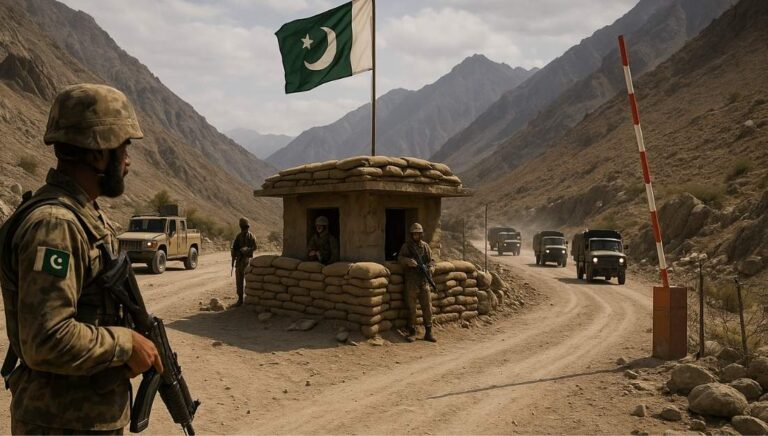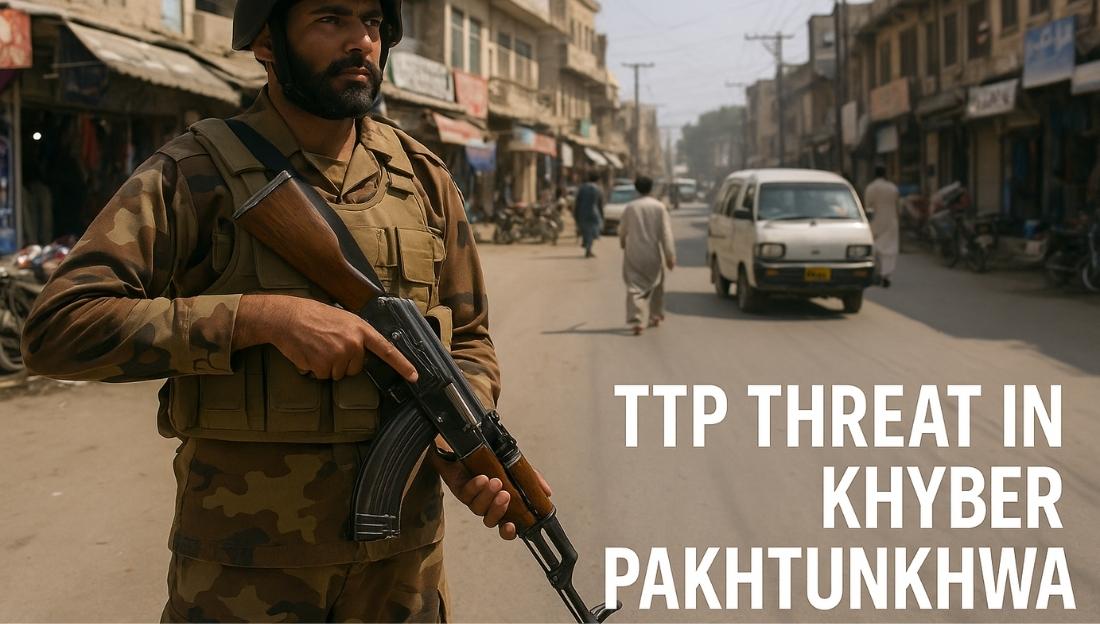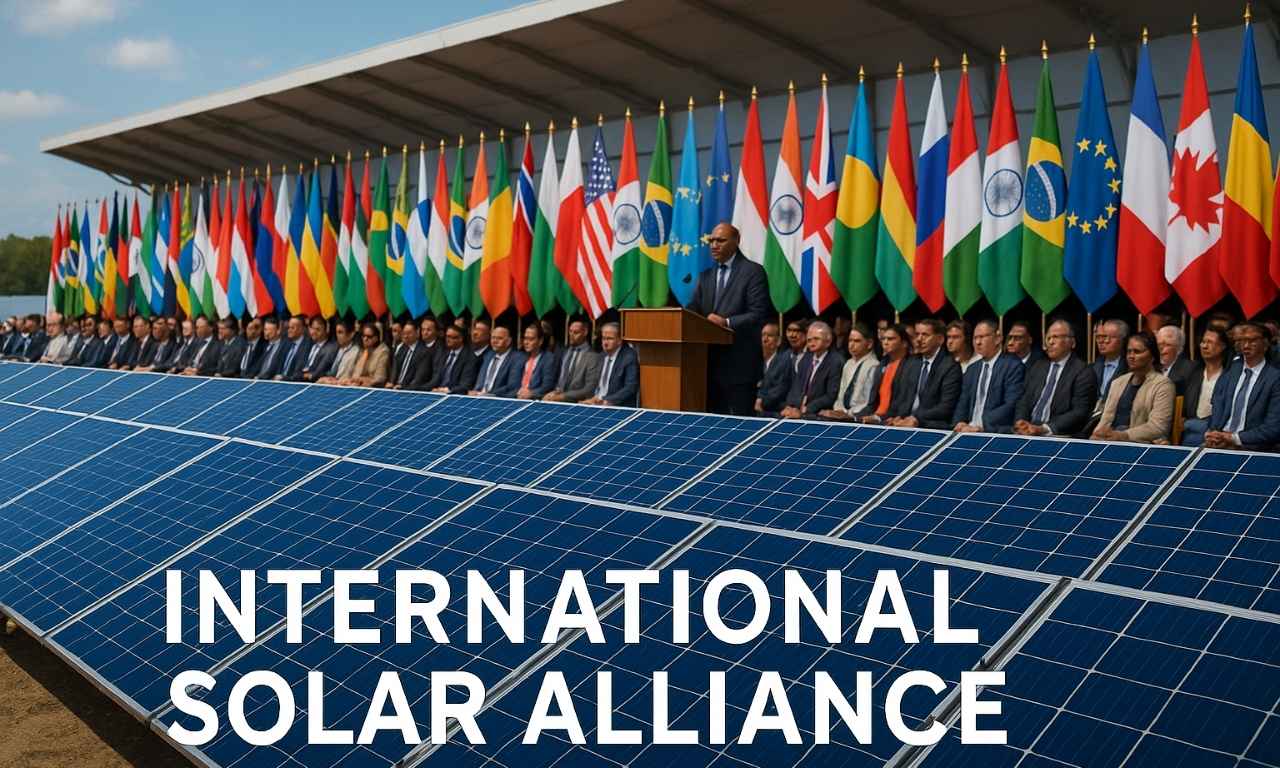Violence in Pakistan’s Khyber Pakhtunkhwa (KP) province has sharply risen due to TTP (Tehreek-e-Taliban Pakistan) attacks, worsening Pakistan’s security situation and straining its already fragile relations with Afghanistan, which Islamabad accuses of sheltering TTP militants.
Background
- The TTP, an umbrella group of militant factions, has intensified attacks in northwestern Pakistan since 2021, following the U.S. withdrawal from Afghanistan and the return of the Afghan Taliban to power.
- Pakistan accuses the Afghan Taliban of providing safe havens to TTP fighters, while Afghanistan denies involvement.

Extent of the Conflict
- The year 2024 witnessed the worst violence in a decade, with over 1,600 people killed, including 680 security personnel.
- Khyber Pakhtunkhwa and Balochistan accounted for 94% of the casualties, showing a sharp rise since 2021.
- Pakistan carried out nearly 60,000 military operations, killing about 900 militants, yet the insurgency persists.
TTP’s Demands
- The group seeks to:
- Restore the old Federally Administered Tribal Areas (FATA), reversing their merger with KP under the 25th Constitutional Amendment (2018).
- Remove Pakistani security forces from tribal zones.
- Enforce Sharia law across the region.
- Essentially, the TTP wants autonomy over tribal areas, undoing Islamabad’s efforts to integrate them into Pakistan’s political structure.
Colonial Legacy and Governance Vacuum
- The FATA system, created by the British as a buffer zone with Afghanistan, was never fully integrated into Pakistan’s democratic framework.
- Islamabad’s reliance on military control instead of political empowerment fostered alienation, creating fertile ground for militancy.
Civil-Military Imbalance
- Pakistan’s military dominated its Afghanistan policy, prioritising “strategic depth” over internal stability.
- The region’s neglect allowed groups like the TTP to gain influence.
Rise of Afghan Taliban
- After 2001, as al-Qaeda and Taliban elements fled into tribal areas, the TTP emerged to support them.
- The expectation that the Afghan Taliban would restrain the TTP after taking power in Kabul proved misguided.
Inconsistent State Policy
- Pakistan has alternated between military crackdowns and peace talks.
- The 2014 Army Public School attack in Peshawar prompted a “National Action Plan,” but later governments returned to negotiations, weakening deterrence.
Absence of Political Alternatives
- Pakistan failed to promote democratic forces in tribal regions.
- Movements like the Pashtun Tahafuz Movement (PTM), which could represent youth aspirations, were suppressed.
Current Approach and Its Risks
- Pakistan continues to blame external actors—Afghanistan and India—for its TTP problem, diverting focus from internal causes.
- Border closures, attacks inside Afghanistan, and expelling refugees risk alienating Afghans further and worsening bilateral hostility.
Conclusion
The TTP threat reflects deep-rooted governance failures, civil-military imbalance, and neglect of local political representation. Lasting peace requires Pakistan to strengthen civilian institutions, empower local governance, and engage Afghanistan diplomatically rather than militarily.
This topic is available in detail on our main website.





